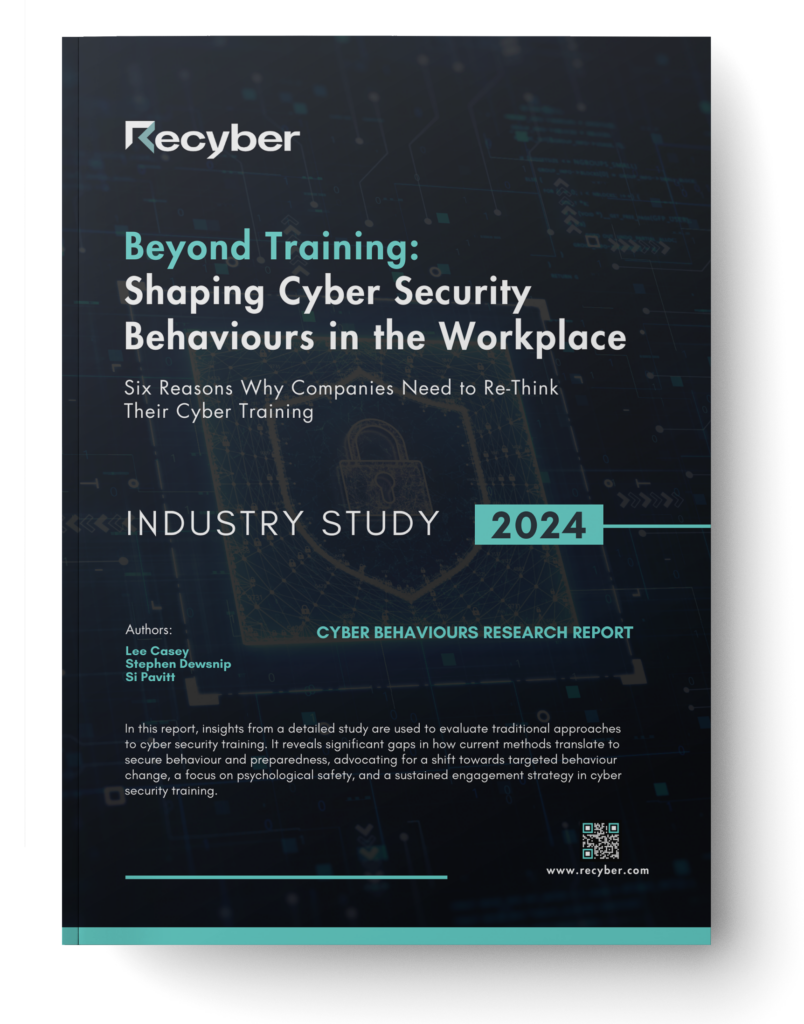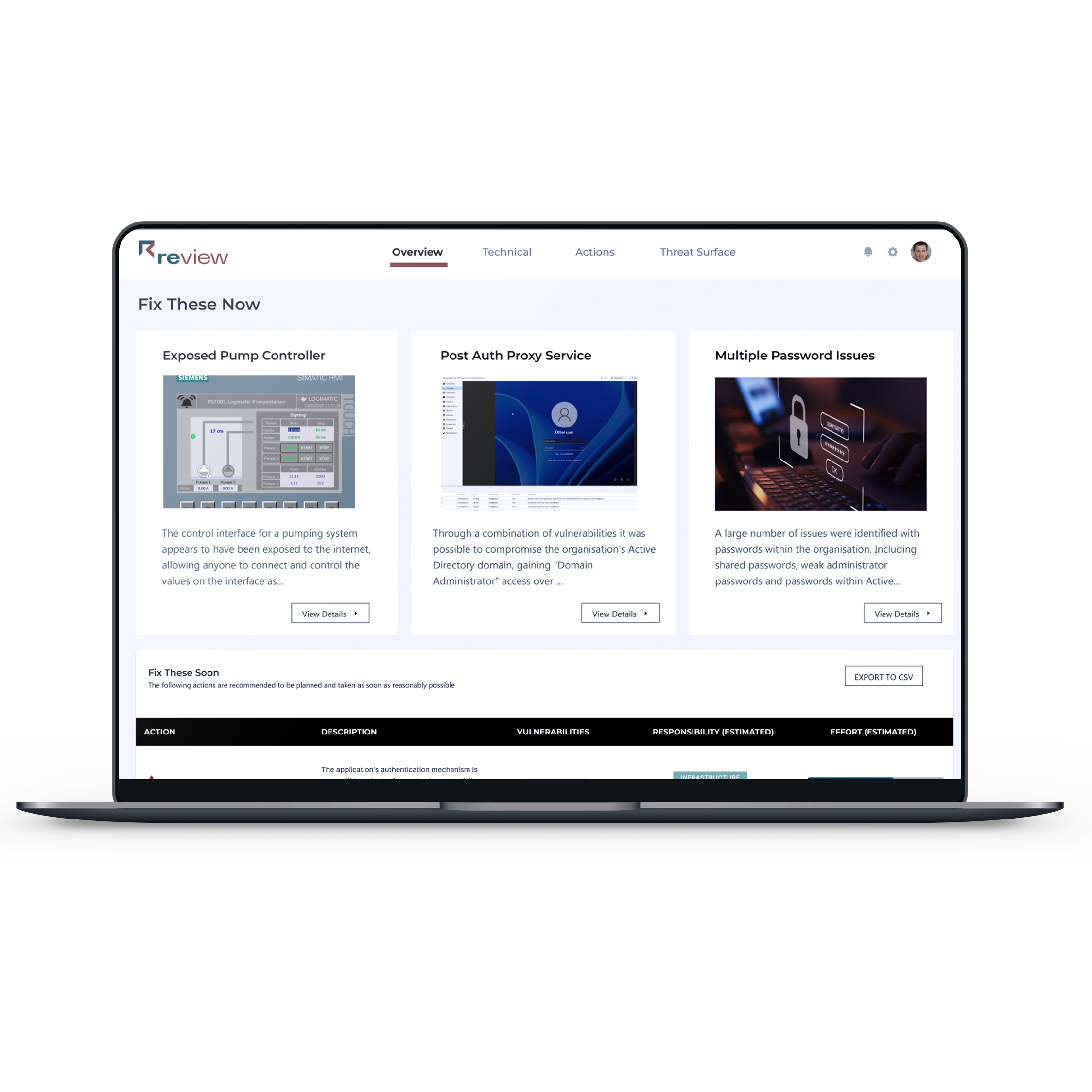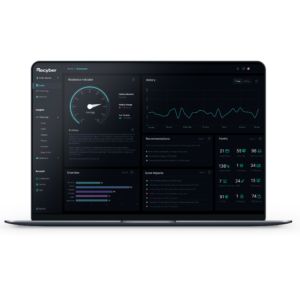Could Cyber Behaviours be the Key to Unlocking Human Development? Background While it is known that developing countries are the least cyber-safe (Świątkowska, 2020, UN, 2011), the
- Home
- Services
- Resources
Featured Report

Latest Research
The Role of Psychological Safety in Republic
Discover how psychological safety shapes an environment where communication flows freely, innovation sparks, and cyber risks reduced.Cyber Risk Relates to Human Development
Our research demonstrates that robust cyber defenses are not just about technology; they’re pivotal for advancing societal well-being and human development.Quick Links
Recent Posts
- Company
- Contact Us







